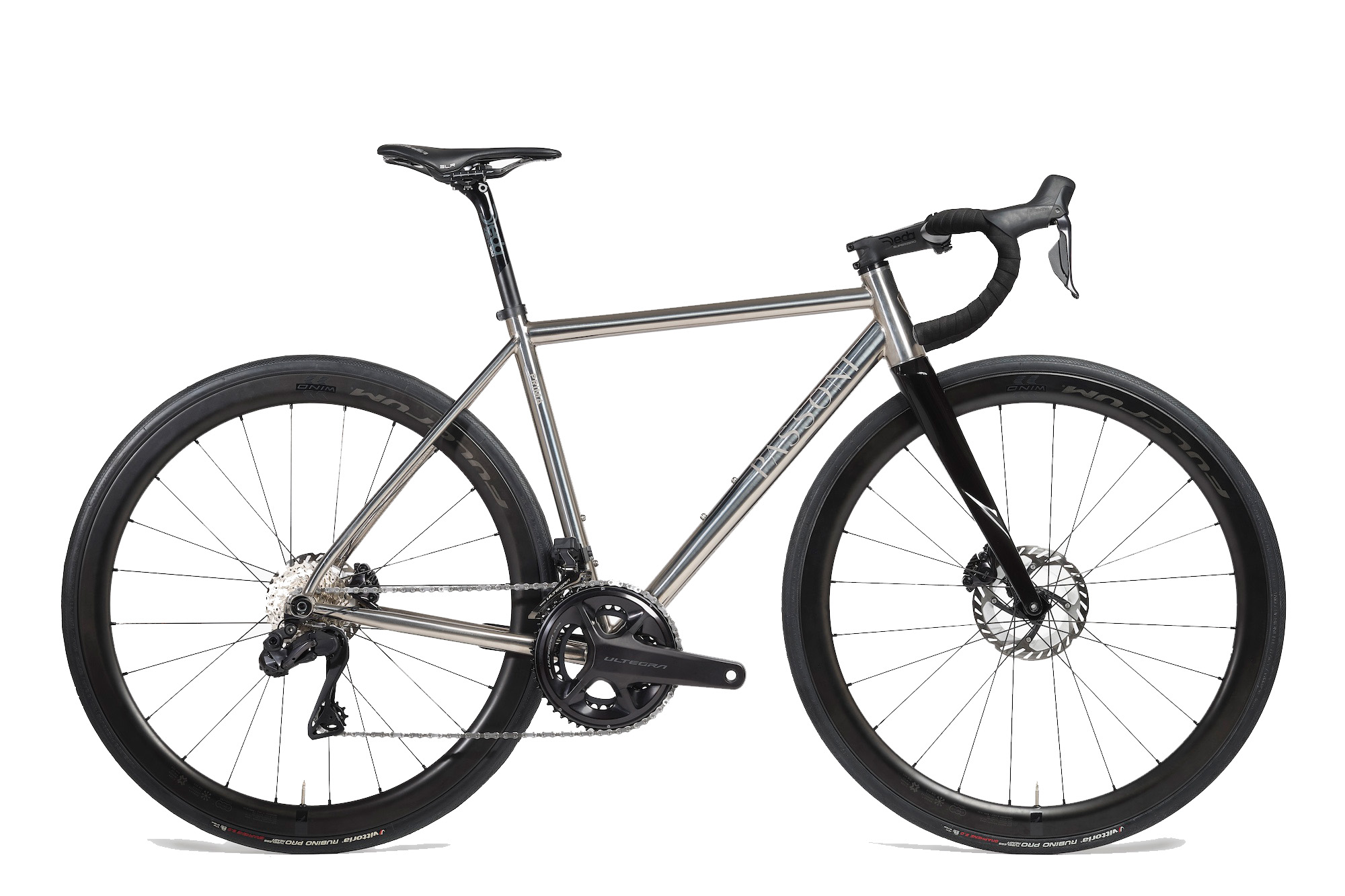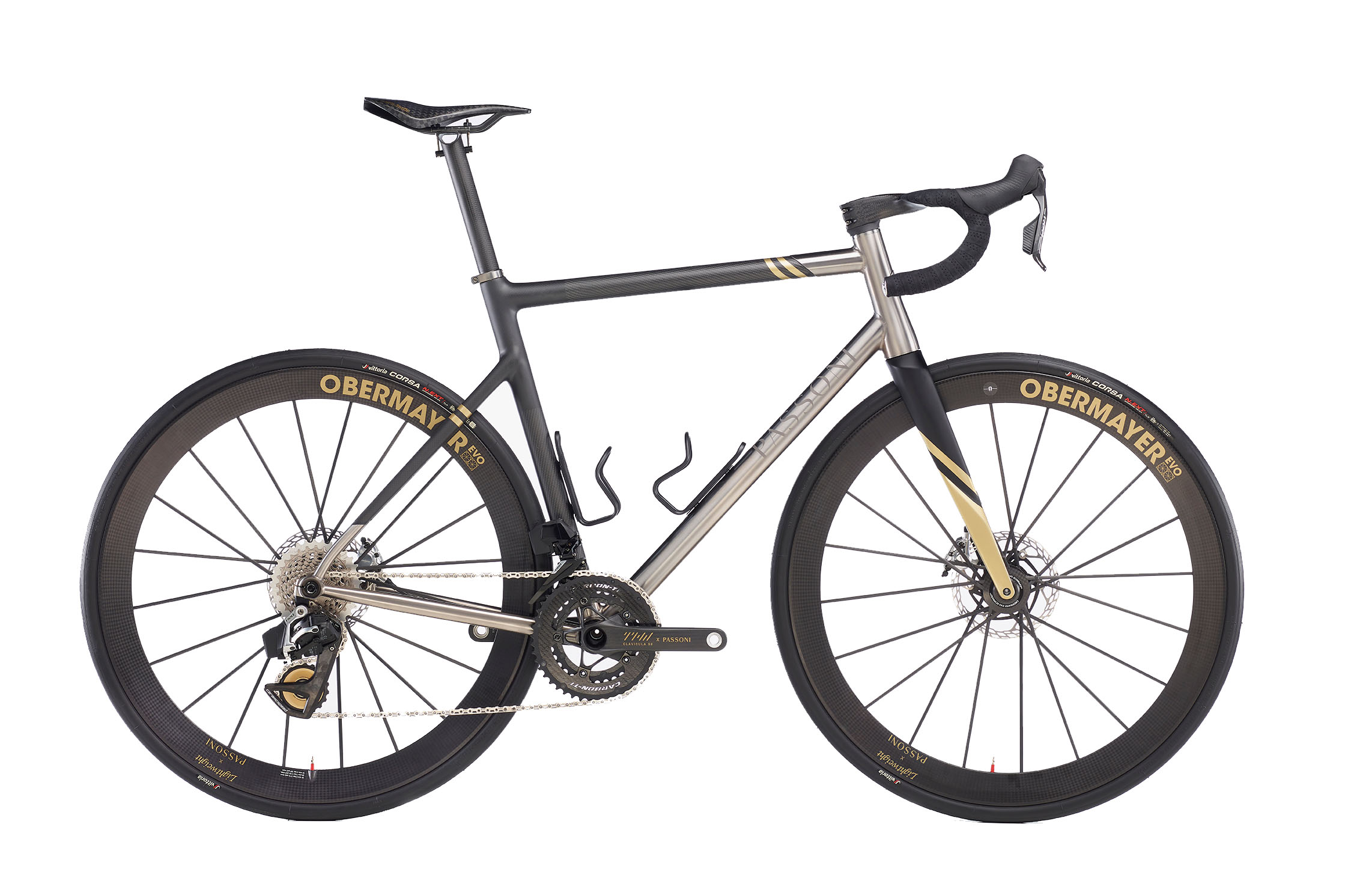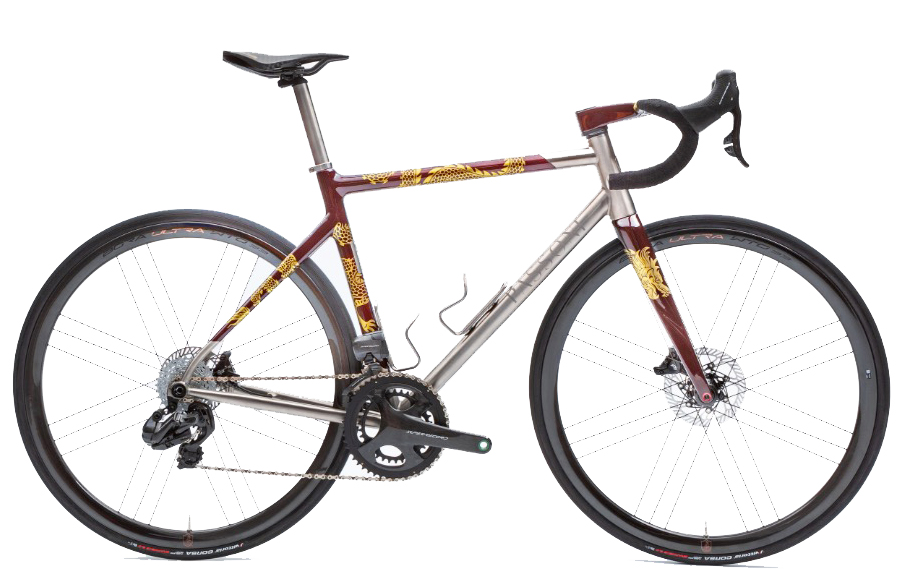The saddle is one of the three critical interfaces between the rider and bicycle, along with the handlebars and pedals. Correctly setting it up is crucial to ensuring human and machine proceed in harmony.
Why saddle height matters
Correct saddle height is the foundation of any
bike fit. A saddle adjusted to the right height will ensure you’re producing maximum power while sitting comfortably and reducing the risk of damage to your knees or back.
“Saddle height is very important,” explains Paulo Ricco, Passoni’s Production Director and bike-fitting expert.
“With your saddle at the right height, all the muscles of the legs can work correctly. But if your saddle is too low, you’ll rely too much on the muscles in the tops of your legs, and you could develop back problems. If the saddle is too high, you’ll rely too heavily on the muscles in the back of the legs, and you can become unbalanced between the left and right legs.
For these reasons calculating the ideal distance between your saddle and the bottom bracket is one of the first tasks we undertake when you come to Passoni for a custom fitting. With the rider positioned on our jig, we can adjust to find the perfect balance of power and comfort for any morphology.
“When assessing the rider, we look for a fluid pedalling style that balances push and pull phases while efficiently engaging all the muscles of the legs along with your glutes,” explains Paolo.
Of course, not every rider will be able to benefit from the skills of an expert bike fitter to determine his
bike geometry. However, following the advice below, most will be able to achieve a good working solution at home.
How to determine your saddle height
“The simplest way to determine your saddle height is by measuring your inseam,” explains Paulo.
“Stand with your shoulders against the wall and your feet 15cm apart. You need to be barefoot and wearing your bibs. Take a spirit level and place it between your legs. Push it upwards as far as possible and mark the height to the top. This is your inseam”.
The next task requires some simple maths. “Take the number and multiply it by 0.885,” says Paolo.
So, if your inseam is 90cm, you would multiply 90 by 0.885 to generate a saddle height of 79.65cm (90cm x 0.885 = 79.65cm). This is your ideal saddle height.
Now to apply this measurement to the bike. “First, your saddle should be horizontal and in the middle of the seatpost clamp,” says Paolo.
“We look for where the saddle is 7.5cm wide. This gives us a fixed point that we can compare regardless of the design of the saddle. From here, measure straight down to the centre of the bottom bracket”.
This simple technique should help you get close to your perfect saddle height and forms the starting point for a bike fit at Passoni.
With these measurements as a guide, we’ll see how the rider performs on the dynamo. From here, one crucial area that Paolo assess is the angle of the rider’s knees. At its maximum, he’ll be looking for an angle of no more than 145°.
Find out more about the perfect stem lenght as well.Fore and aft saddle position
However, height is only part of the equation when locating your saddle. There’s also the question of how far forward or backward it should sit. To assess this, you’ll need to have your bike set up on a level surface, ideally using a turbo trainer or other stand.
“You take a plumb line and place it on the articulated part of the knee,” says Paolo. “With your cranks horizontal, the knee of the leading leg should be directly above the ball of your foot and the pedal axle”.
Using the plumb line to determine the position of your knee relative to the pedal axle, you can then shuffle your saddle forward or backwards within the seatpost clamp to make minor adjustments until everything is aligned.
This method roughly reflects our process when fitting riders at our in-house studio.
“There’s no other way to do it,” says Paolo. “Here at Passoni, we have a video system so we can measure all the angles in real-time. But it’s the same things that we’re looking for”.
Bike fitting and custom bike design
Most riders should be able to achieve a comfortable and efficient position on a stock geometry bicycle. However, one of the benefits of a custom-made bike is that you can create an idealised position for the rider while also ensuring each component is balanced against the next. This means aesthetics can be considered alongside the need to match the rider’s dimensions. This is one of the reasons why our customers
choose titanium bikes.
At the same time, if you go down the
ready-to-ride route, a bike fit will allow us to help you find the perfect combination when selecting your frame and components.
Whichever you decide on, determining your saddle height will be a crucial first step.


 Ready-to-ride
Ready-to-ride Made-to-measure
Made-to-measure Special edition
Special edition